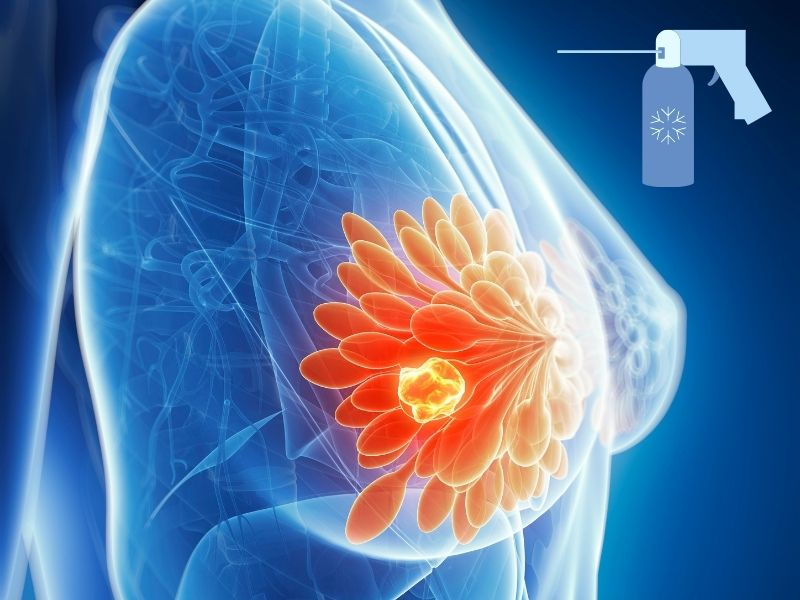Breast cancer treatment process varies depending on the stage of breast cancer. In breast cancer treatment, a multidisciplinary approach is prioritized. Regional and systemic treatments are applied together. How this application will be performed is decided based on the stage of the disease, the pathological type of cancer, and the general condition of the patient.
Contents
What is the Breast Cancer Treatment Process?
The most important factor in determining breast cancer treatment is the stage of the disease. The breast cancer treatment process is as follows:
- Stage 0: Surgical intervention is possible in breast cancer. The patient does not receive chemotherapy. However, radiotherapy may be added to the treatment.
- Stages 1 and 2: Surgical intervention is performed in breast cancer. It is then decided whether chemotherapy will be applied after surgical intervention.
- Stage 3: Chemotherapy must be applied first to prepare the patient for surgical intervention.
- Stage 4: The extent of cancer spread in the body is evaluated. Surgical intervention may be performed after chemotherapy. If the cancer has spread extensively, only chemotherapy and sometimes radiotherapy are applied.
Breast Cancer Treatment Methods
Breast cancer treatment methods have developed significantly in recent years. Diagnosing and treating the disease has become much easier and more successful compared to the past. Breast cancer treatment methods are divided into two. The first of these treatment methods is surgical treatment. The second is medical treatment. Depending on the stage of the cancer, surgical intervention may be performed first. Alternatively, medical treatment may be applied first, followed by surgical treatment.


Surgical Treatment Methods in Breast Cancer
Surgical treatment methods in breast cancer are as follows:
- Breast-conserving surgery; the process of removing the tumor along with a small amount of normal breast tissue around it. This method cannot be applied to every patient.
- Simple mastectomy; the process of removing the tumor along with the entire breast. Lymph nodes are not removed.
- Subcutaneous mastectomy; the process of removing the tumor along with the entire breast tissue. In this procedure, the skin of the breast and the nipple are preserved.
- Modified radical mastectomy; the process of removing the tumor along with the breast and fascia. Lymph nodes are also removed.
- Radiotherapy; also known as radiation therapy, during this procedure, X-rays are applied to the breast area and armpit. It is usually performed after surgical procedures to eliminate cancerous cells.
Medical Treatment Methods in Breast Cancer
Medical treatment methods in breast cancer can be applied before or after surgical procedures. Medical treatment methods are as follows:
- Chemotherapy; a treatment method that uses drugs to help kill cancer cells. The drugs can be administered intravenously or orally. It is a total treatment process lasting three to five months. Even if no tumor remains in the body after surgery, chemotherapy can be applied to prevent the recurrence of the tumor. This method is called adjuvant chemotherapy. Chemotherapy given to shrink the tumor and make the patient suitable for surgical intervention is called neoadjuvant chemotherapy.
- Hormone therapy; used to prevent cancer cells from growing and multiplying during breast cancer treatment. In some types of breast cancer, estrogen makes cancer progression easier. To prevent this, hormone therapy blocks the estrogen hormone released from the ovaries.
- Targeted drug therapy; the development of drugs targeting receptors that perceive growth signals.
Post-Treatment Process in Breast Cancer
Post-treatment process in breast cancer includes the risk of recurrence of the disease. Sometimes, undetectable cancer cells may remain in the body after treatment. To prevent this, regular check-ups are necessary. Doctor visits are conducted 3 months after cancer treatment. This period increases to every 6 months and then yearly. Even if no cancer is detected, an annual mammogram is recommended.





